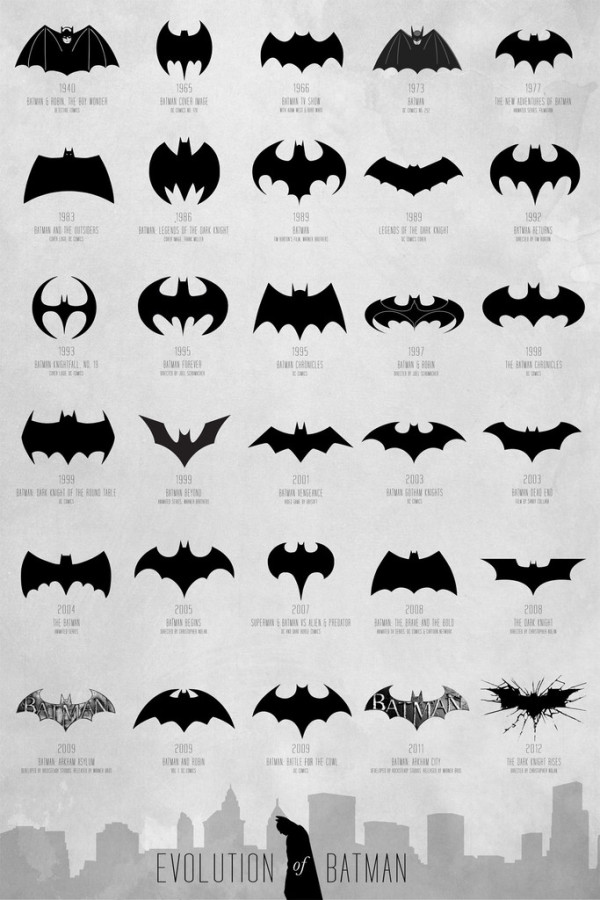Advertisers, You Need YouTube
Advertisers, You Need YouTube is a motion graphic from MDG Advertising that shows many of the stats from successful YouTube video advertising campaigns.
While YouTube began as a source of online video entertainment, its massive popularity and mainstream prevalence has turned it into a major video advertising platform. To show why YouTube is now a very powerful and vastly important video marketing tool for advertisers, MDG Advertising created the following video. It shows the reasons, results, and revenue that are making YouTube a video marketing must for brands trying to catch the eye of audiences worldwide.
The video style is visually appealing, and has some fantastic statistics.
However, the design makes a common mistake we see in many motion graphic videos. Big fonts are not data visualizations! I noticed at least 20 different numbers shown to the audience in a really big font. None of them were visualized to give them context for the audience. Making the number value in big text and moving across the screen doesn’t make it any easier for the audience to grasp the meaning behind the data.
In data visualization and infographics design we know that visualizing the data always puts it into comparison to another number to provide the audience a frame of reference. That helps the audience understand the scale of the numbers and how large or small they actually are. Without that comparison in the design, the audience is left to try to compare the values to something they already know.
Thanks to Jarred for sending in the link!









 Randy
Randy




